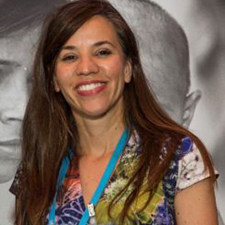In Gaza, the ceasefire means much-needed healthcare can be delivered but this winter is still full of risk. With more than 2 million people displaced, exposure to cold and winter illnesses are a real threat to health. For children under 5, diseases like polio, measles and pneumonia can be deadly. That’s why, over the next two months, WHO and partners like Unicef are vaccinating children who missed out during two years of conflict, affording them the protection to survive the winter.
WHO is perfectly placed to help restore healthcare. Despite widespread violence, despite rocket attacks, in spite of fear, it has delivered medical supplies, fuel, surgeries, expertise and hope to patients in Gaza. International teams of healthcare workers, including Emergency Medical Teams from more than 30 countries, provided life-saving care despite attacks against hospitals, against ambulances, and against their own staff members. This takes incredible resilience. Here’s just one example of this work in action.
A Dangerous Evacuation
It’s the summer of 2025, before the current ceasefire. A group of 19 critically injured children assemble at the Palestinian Red Crescent Society field hospital in Khan Younis. They will travel to Jordan for medical treatment along with 39 adult companions. Hanin Al Mahida, a schoolgirl from northern Gaza is among them. She is the sole survivor of an air strike among her entire class at school. Hanin has multiple burns and needs emergency treatment. Her father was killed and now her grandfather is responsible for accompanying her on the medical evacuation to Amman.
Hanin no longer likes to look at herself in the mirror and cannot understand why this has happened to her. Her scars are both physical and emotional, which the medical teams well understand. In the aftermath of such an ordeal, she will need specialist child-centered psychological support as well as emergency medical care: this will be provided by WHO which leads the health cluster on the ground and other humanitarian agencies, such as the Palestinian Red Crescent Society. WHO and its partners can provide this holistic care thanks to people like our donors who contribute to their health emergencies program.
Along with its health cluster partners, WHO has secured agreements for the children to be treated in safe countries; they have liaised with the Israeli authorities for permission for these children to be medically evacuated, itself a tough task with an uncertain outcome as most requests are being turned down.
Leaving nothing to chance, they must check and double-check that the paperwork is in order before they set off for the journey, all the while aware of the dangers of traveling through Gaza. They know that, beyond securing official permission, their job is to care, to raise morale and keep the children safe in a place where safety is a thing of the past.
But as the convoy finally gets underway, a military strike damages the bus, ambulances and vehicles carrying the patients, their companions, and WHO staff. No one is physically injured, but the close call leaves the convoy badly shaken.
This was just one day in one field hospital - one evacuation in Gaza. Patients, WHO and its partners have faced situations like this every day for more than two years and they have stepped up time and again. Currently more than 16,000 critically ill patients are still waiting for medical evacuation, including more than 3,500 children.
Hope of Recovery
Today the pre-war health system lies shattered. But with a fragile ceasefire comes the hope of recovery.
Dr Tedros, WHO Director General often reminds us that “the best medicine is peace,” a statement as true today as it was in 2023. Political will has now created a chance of peace in Gaza. It will take solidarity, huge resources (WHO estimates the healthcare system rebuild will need US $7 billion) and a lasting peace to treat the people who live in tents or among bombed out buildings, while looking to rebuild a health system from the bottom up.
At the WHO Foundation we have supported WHO’s crisis response in Gaza and the medical evacuations program thanks to the generosity of philanthropies, companies and members of the public who provided relief and healthcare in the face of suffering.
As we embark on our Giving Season appeal in 2025, we are raising funds to save even more lives. We will support WHO and its partners to build back better in Gaza and elsewhere in the world. The goal is healthcare that is delivered without fear and with hope for the future.
Be part of the bigger picture. Support this recovery effort today.
Donate today or find out more about our work.
WHO has Kept Healthcare Alive Against the Odds

WHO has delivered 17 million liters of fuel to power hospitals, surgeries, and vaccine cold chains, and supplied medicines and equipment for more than 22 million treatments and surgeries.
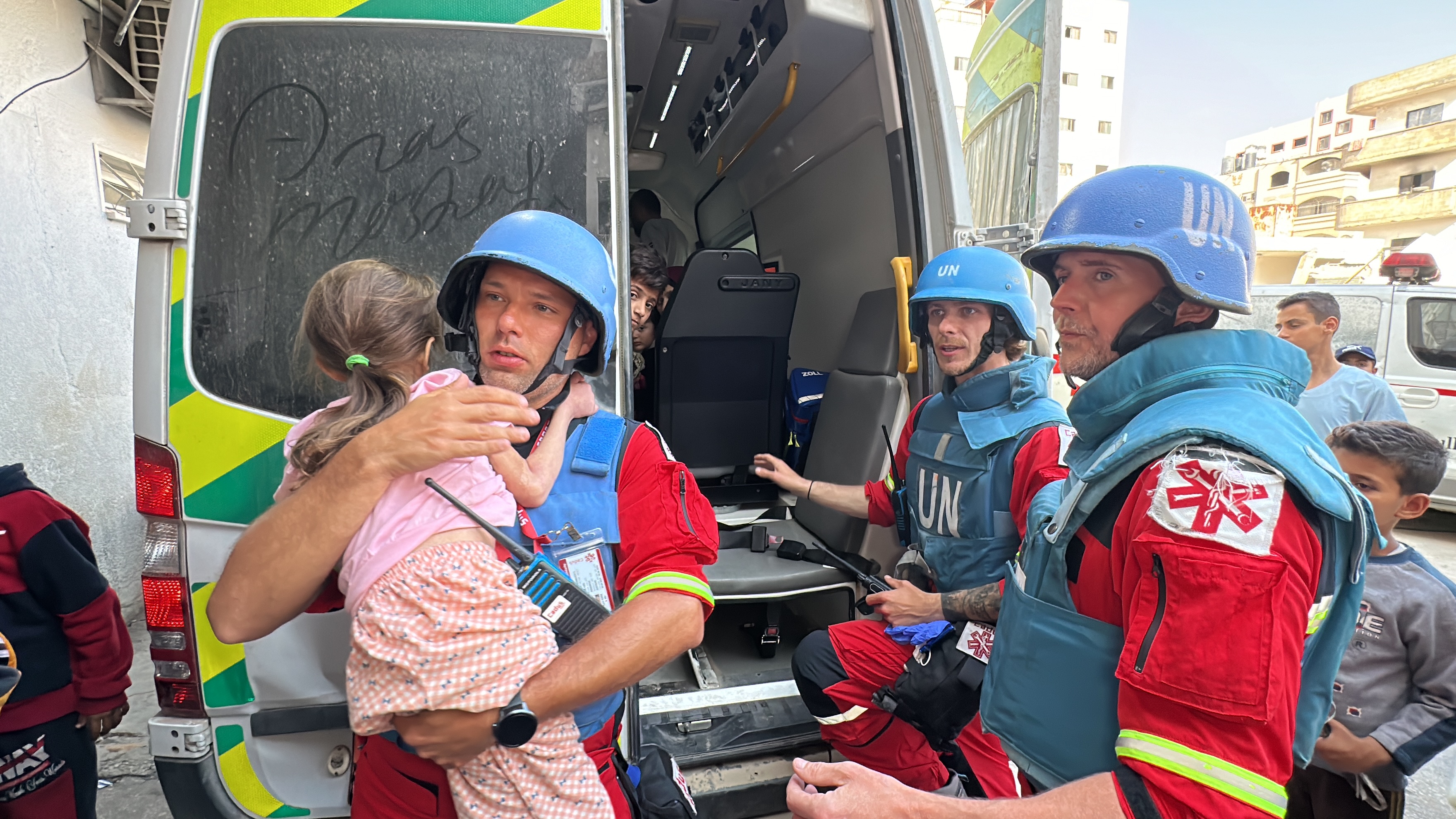
Severely malnourished children are treated in stabilization centers. In 2025 alone, 455 people, including 151 children under five, have died from malnutrition.
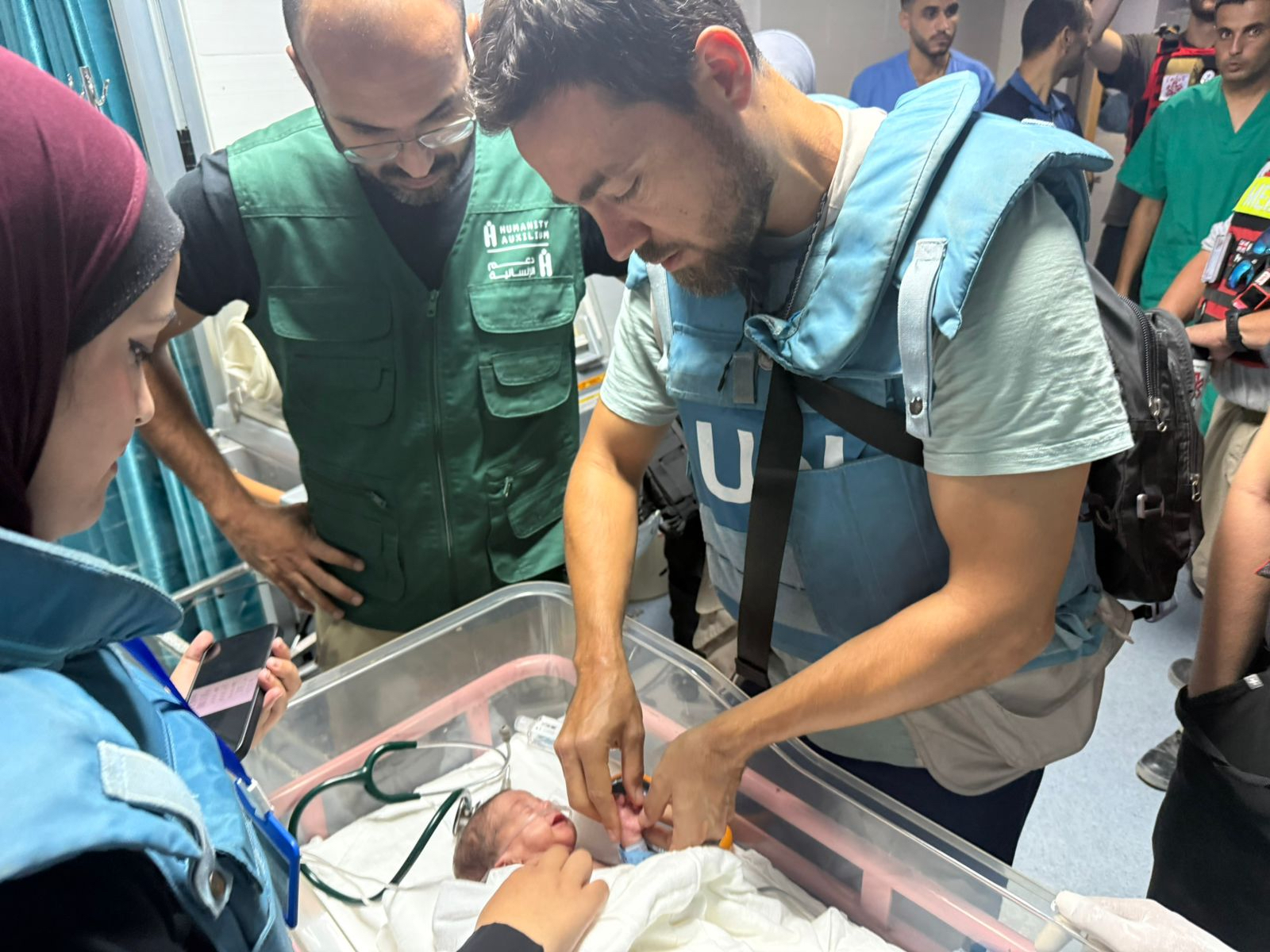
Emergency medical teams, coordinated by WHO, are on the ground delivering surgical, emergency, and routine health services. With more than 1,700 health workers killed since 2023, these teams are a lifeline.
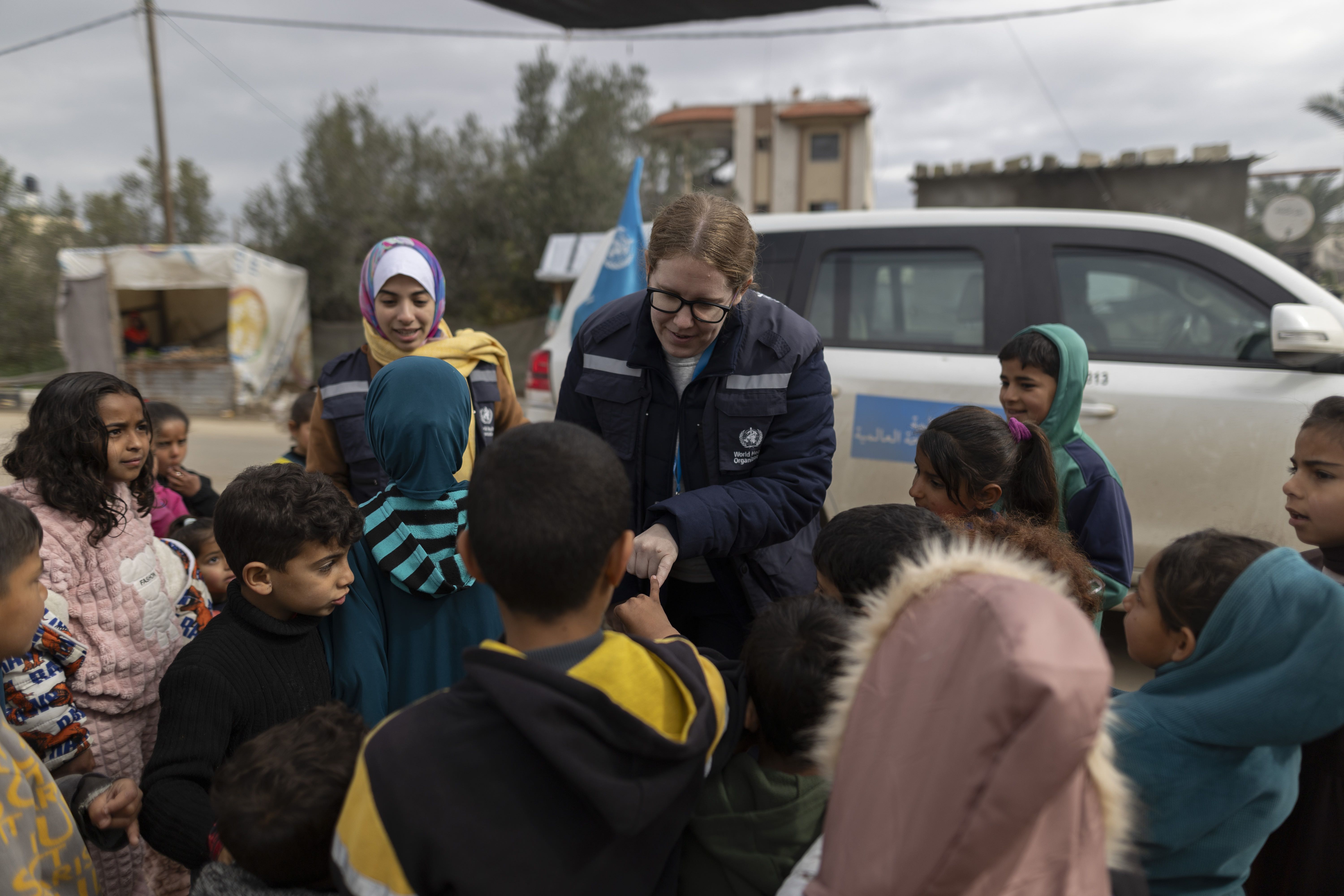
Even in extreme danger, WHO vaccinated over 600,000 children against polio.
For the critically ill, they’ve secured medical evacuation for over 8,000 patients, including 5,000 children to more than 30 countries.
Beyond operational matters, WHO has been a steadfast voice for the sick and injured, calling for humanitarian passages, an end to attacks on healthcare, and a lasting ceasefire.
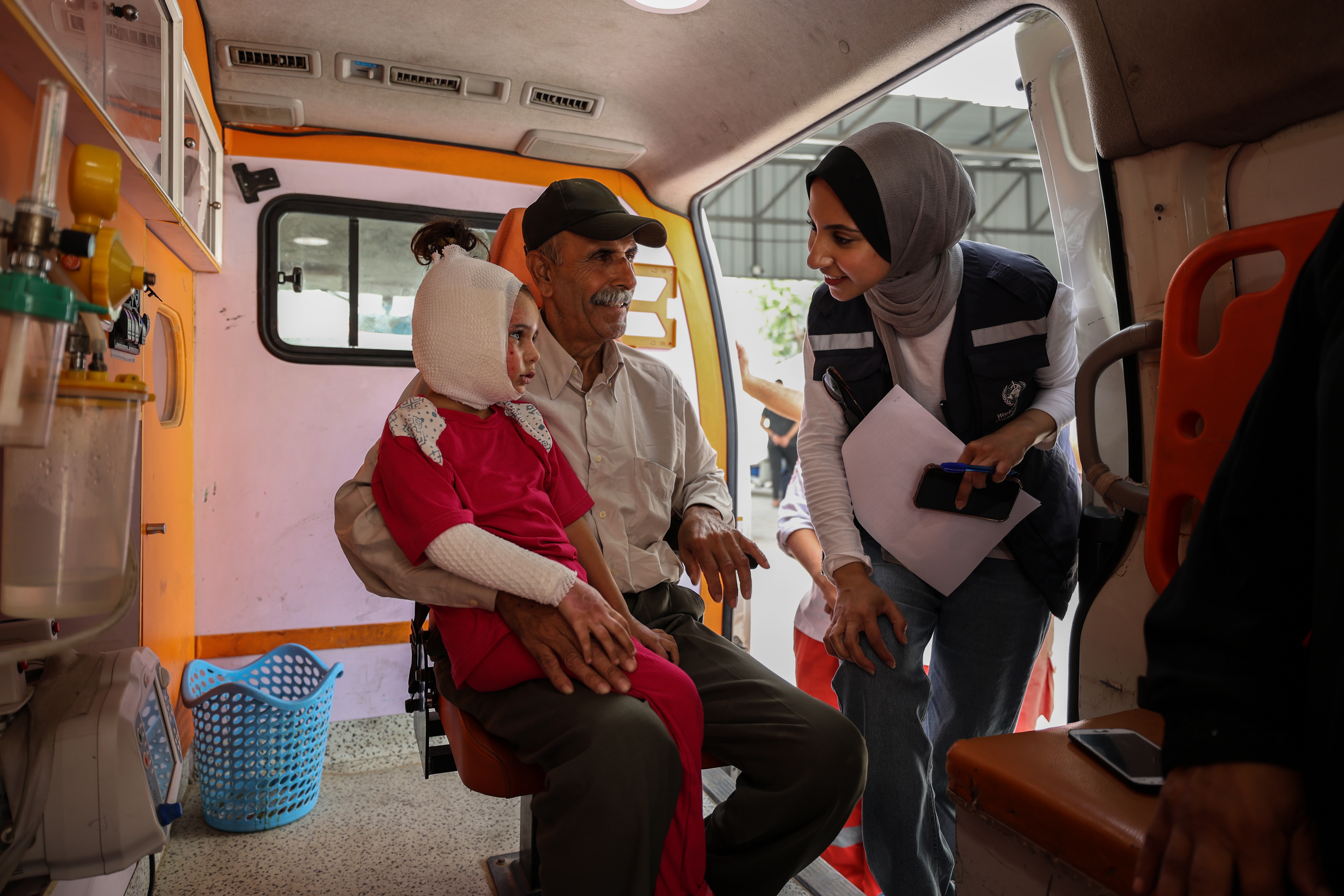
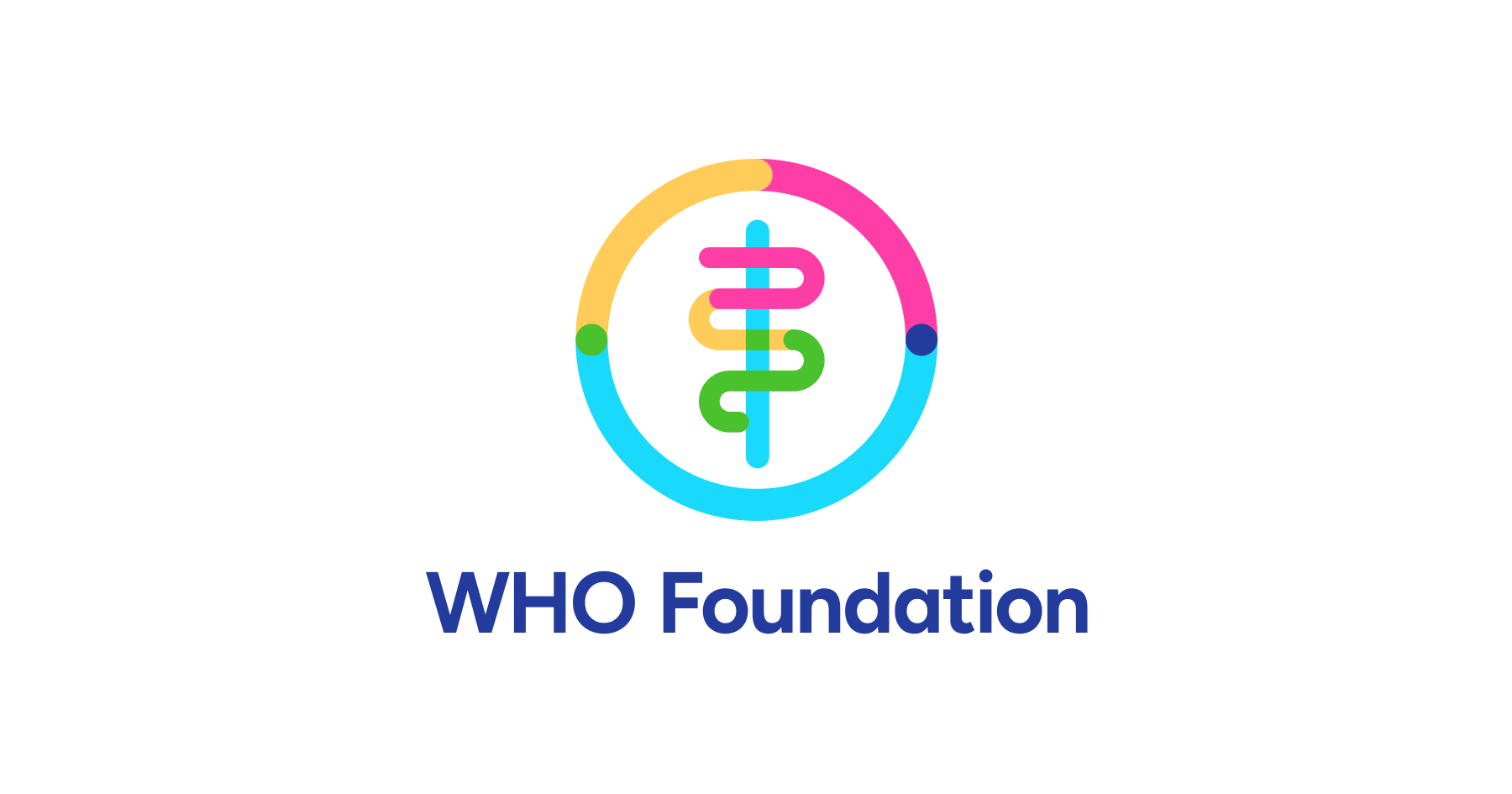
.png)
